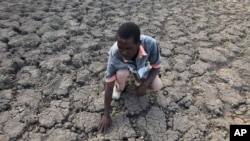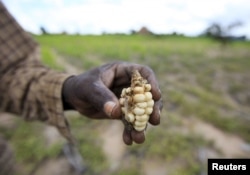barryqwalsh
Gold Member
- Sep 30, 2014
- 3,397
- 250
- 140
Zimbabwe has gone from being Africa's food bowl to stocking just salt and tissues on supermarket shelves
More
Listen/Download
Family farms have assumed more importance since the acquisition of large scale white-owned farms - Bush Telegraph - ABC Radio National Australian Broadcasting Corporation
More
Listen/Download
Family farms have assumed more importance since the acquisition of large scale white-owned farms - Bush Telegraph - ABC Radio National Australian Broadcasting Corporation



